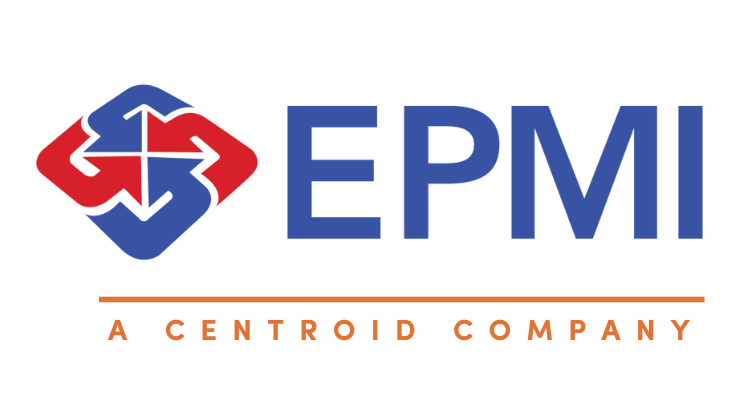Configuring the Cloud EPM Environment
Without the on-prem IT team involved, there might be some ambiguity regarding the responsibility for this task. Additionally, the email from Oracle to set up the environment may not be received by the project administrator, leading to a lack of awareness about its importance and anticipation. Failing to set up the environment and grant access to team members can result in delays in prototyping, gathering feedback, and building, potentially affecting the timeline and budget.
Converting to Oracle Cloud
As many companies are converting to cloud there could be companies that no longer have any on-prem servers at all. If there are no on-prem servers then EPM Automate installation needs to be discussed with the integration resource to determine alternative plans. This needs to be a collaborative effort with the client’s technical resources as well to discuss possibilities. Not predicting this situation could delay build and subsequently System Integration Testing (SIT) with possible impacts on timeline and budget.
Accessing the Cloud
Cloud applications may be a new concept to users and they may not understand the requirements necessary to access. Traditional applications installed within the company’s network require the users to access those applications while connected to the company network. It isn’t always apparent to everyone that all they require is an internet connection to access cloud EPM environments. Knowing this will help provide a level of comfort with the client team and aid in user adoption.
Monthly EPM Updates from Oracle
One key advantage of using cloud applications from Oracle is the regular, predictable updates they provide. Specifically for EPM, these updates occur on a monthly basis, with the test environment being updated on the first Friday of each month and the production environment receiving the same update on the third Friday. Being aware of these updates in advance is essential for effective project management. It is important to consider these updates when scheduling cutover activities. Suppose the plan involves migrating configurations or snapshots between the test and production environments. In that case, it is crucial to avoid doing so during the period when the versions of the two environments do not match due to the monthly updates.
To avoid any delays during the cutover, it is recommended to submit a Service Request (SR) to Oracle, requesting an early update of the production environment. Keep in mind that updates for on-prem installations are less frequent but require more effort. Even though Oracle Cloud EPM monthly updates may not be as large in scale, it is still important to stay informed about the changes and test the functionality in a test environment after the first Friday of each month. If any unexpected behavior is observed, it should be promptly communicated to Oracle before the third Friday when the production environment is updated. The sooner any unexpected behavior is reported, the more time Oracle will have to diagnose and address the issue.
Training the Business Users
As the Oracle EPM platform becomes more accessible to business and functional users, traditional administration responsibilities may occur outside the IT organization. It is crucial to identify these individuals and their roles in order to provide them with the appropriate administrative training. This ensures that administrative training is delivered to the correct audience. These training sessions may cover functional and technical aspects and encourage collaboration, as many traditional administrative tasks are now integrated into the application and can be carried out by business users.
Key Considerations for Managing EPM Projects
When managing a Cloud EPM project, it’s important to consider these key areas. While this is not an exhaustive list, it will help streamline implementation, maintenance, and access. Cloud applications offer numerous advantages, but they also require project management considerations that differ from on-premises applications.
As always, please connect with EPMI on how to best leverage Oracle Cloud EPM.

